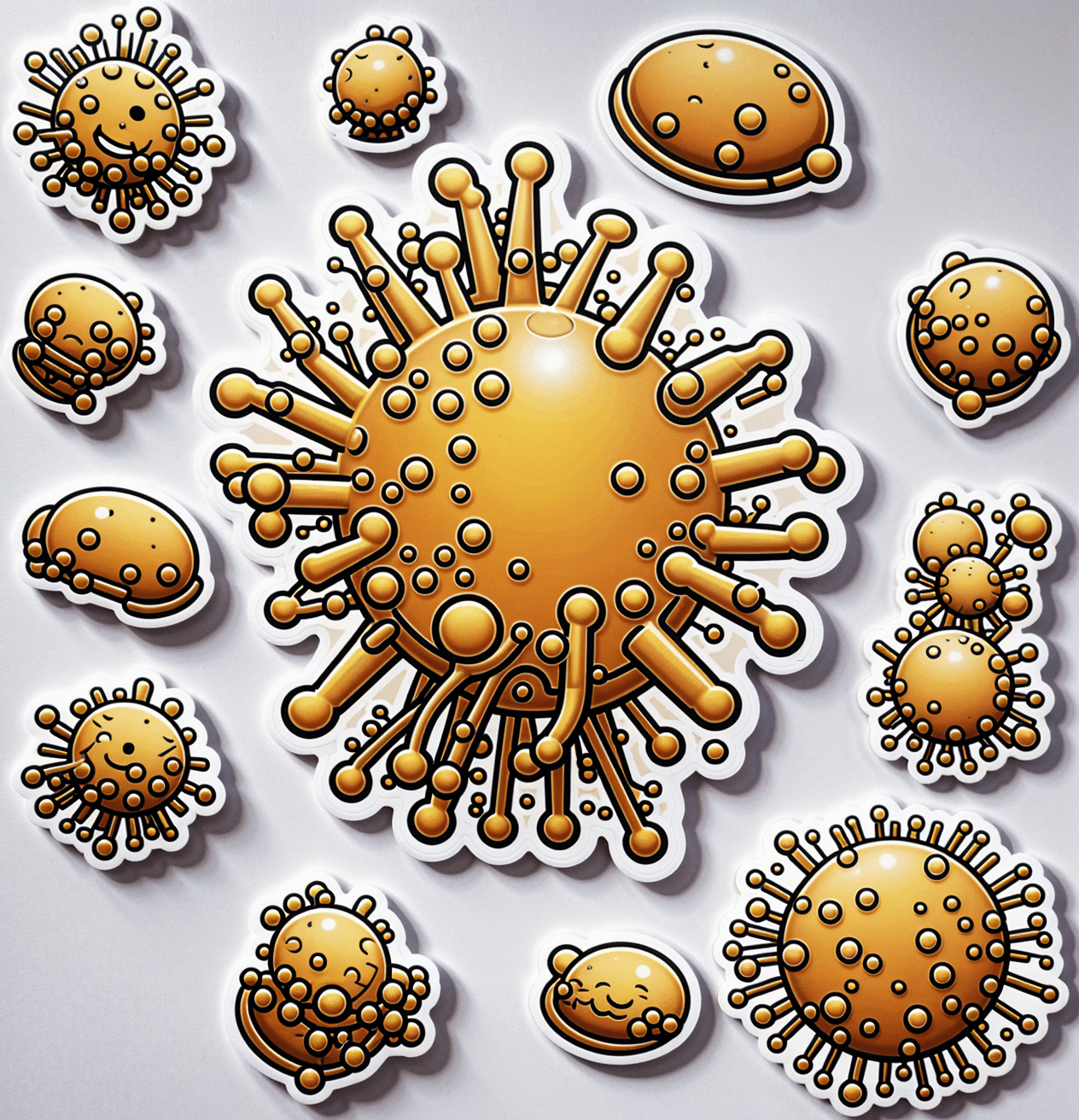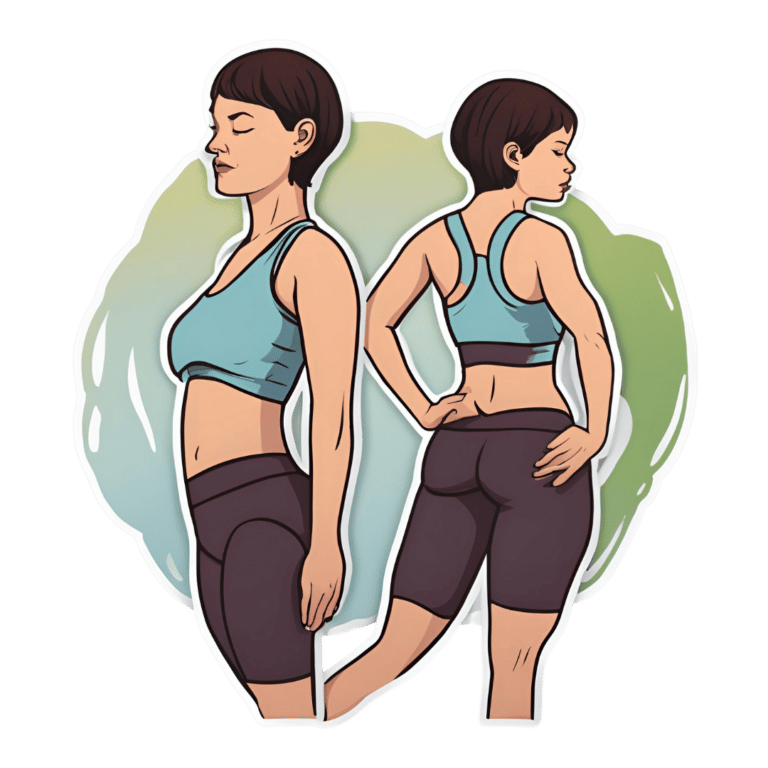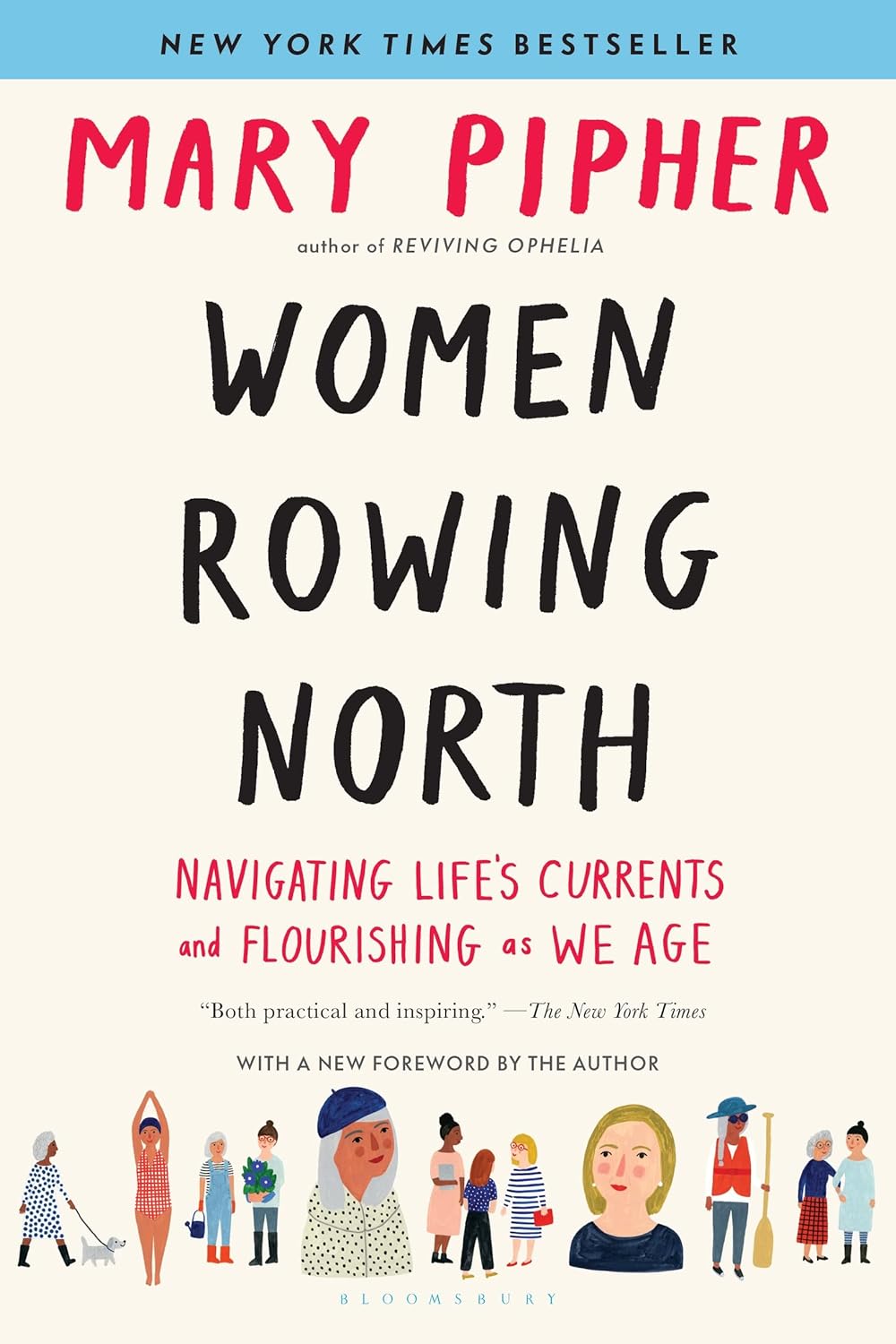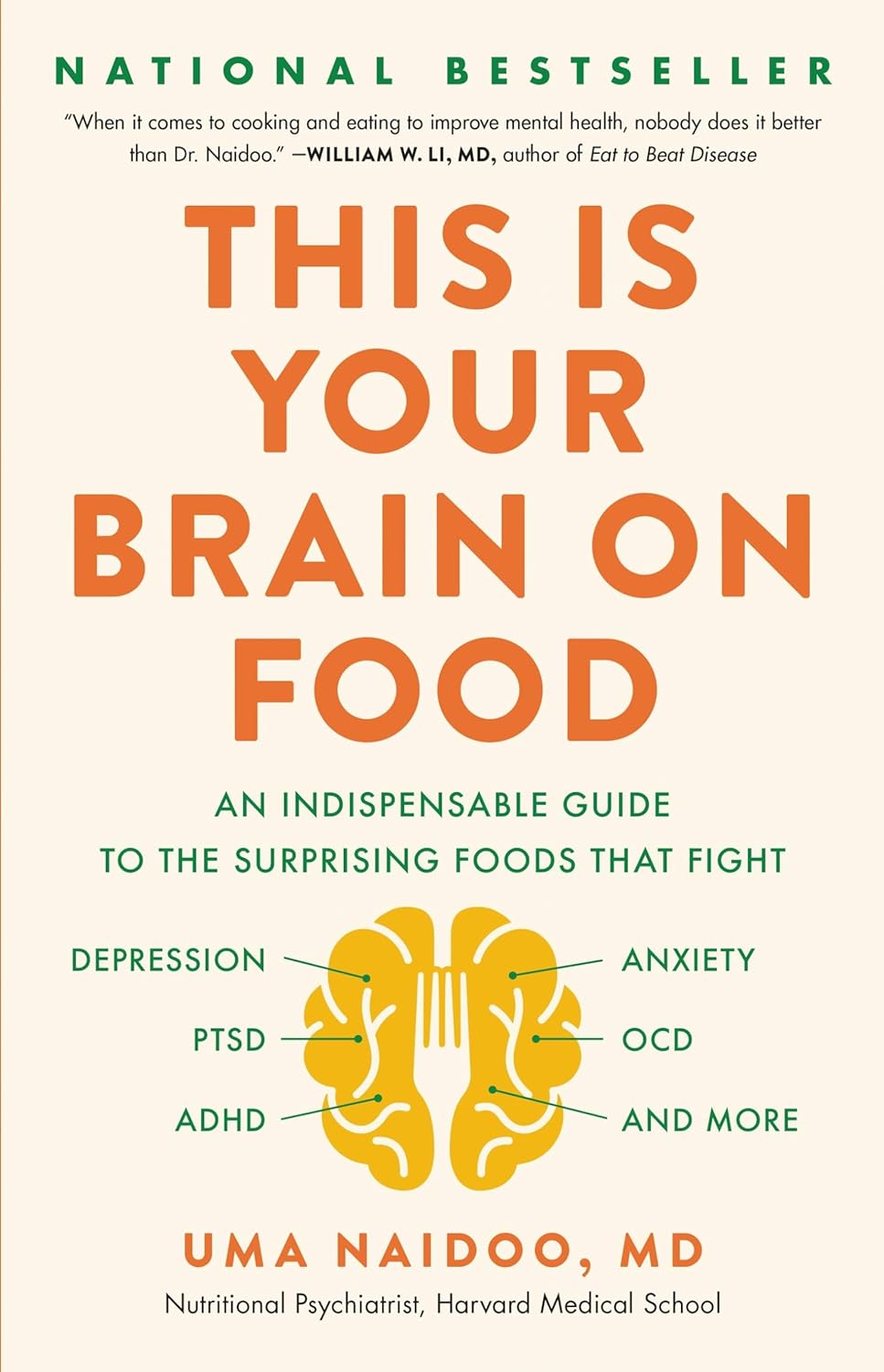
Understanding Cellulitis: Skin And Soft Tissue Infections
10almonds is reader-supported. We may, at no cost to you, receive a portion of sales if you purchase a product through a link in this article.
What’s the difference between a minor passing skin complaint, and a skin condition that’s indicative of something more serious? Dr. Thomas Watchman explains:
More than skin-deep
Cellulitis sounds benign enough, like having a little cellulite perhaps, but in fact it means an infection of the skin and—critically—the underlying soft tissues.
Normally, the skin acts as a barrier against infections, but this barrier can be breached by physical trauma (i.e. an injury that broke the skin), eczema, fungal nail infections, skin ulcers, and other similar things that disrupt the skin’s ability to protect us.
Things to watch out for: Dr. Watchman advises we keep an eye out for warm, reddened skin, swelling, and blisters. Specifically, a golden-yellow crust to these likely indicates a Staphylococcus aureus infection (hence the name).
There’s a scale of degrees of severity:
- Class 1: No systemic toxicity or comorbidities
- Class 2: Systemic toxicity or comorbidities present
- Class 3: Significant systemic toxicity or comorbidities with risk of significant deterioration
- Class 4: Sepsis or life-threatening infection
…with antibiotics being recommended in the latter two cases there, or in other cases for frail, young, old, or immunocompromised patients. Given the rather “scorched earth” results of antibiotics (they cause a lot of collateral iatrogenic damage), this can be taken as a sign of how seriously such infections should be taken.
For more about all this, including visual guides, enjoy:
Click Here If The Embedded Video Doesn’t Load Automatically!
Want to learn more?
You might also like to read:
- Of Brains & Breakouts: The Brain-Skin Doctor
- Beyond Supplements: The Real Immune-Boosters!
- Antibiotics? You Might Want To Think Thrice
Take care!
Don’t Forget…
Did you arrive here from our newsletter? Don’t forget to return to the email to continue learning!
Recommended
Learn to Age Gracefully
Join the 98k+ American women taking control of their health & aging with our 100% free (and fun!) daily emails:
-
Women Rowing North – by Dr. Mary Pipher
10almonds is reader-supported. We may, at no cost to you, receive a portion of sales if you purchase a product through a link in this article.
Ageism is rife, as is misogyny. And those can be internalized too, and compounded as they intersect.
Clinical psychologist Dr. Mary Pipher, herself 75, writes for us a guidebook of, as the subtitle goes, “navigating life’s currents and flourishing as we age”.
The book does assume, by the way, that the reader is…
- a woman, and
- getting old (if not already old)
However, the lessons the book imparts are vital for women of any age, and valuable as a matter of insight and perspective for any reader.
Dr. Pipher takes us on a tour of aging as a woman, and what parts of it we can make our own, do things our way, and take what joy we can from it.
Nor is the book given to “toxic positivity” though—it also deals with themes of hardship, frustration, and loss.
When it comes to those elements, the book is… honest, human, and raw. But also, an exhortation to hope, beauty, and a carpe diem attitude.
Bottom line: this book is highly recommendable to anyone of any age; life is precious and can be short. And be we blessed with many long years, this book serves as a guide to making each one of them count.
Click here to check out Women Rowing North—it really is worth it
Share This Post
-
Soy Allergy? No Problem! Turn Any Legume Into Tofu (Here’s How)
10almonds is reader-supported. We may, at no cost to you, receive a portion of sales if you purchase a product through a link in this article.
Legumes have similar chemical composition, which means they can generally be used in the same ways as each other:
Variety is the spice of life
In the video, he demonstrates this with green peas, red lentils, and green lentils, and mentions that it is the same for chickpeas too. The process is:
- Soak 100g dried legumes overnight in plenty of water.
- Drain and blend with 250ml fresh water until smooth.
- Pour into a nonstick frying pan, add ½ tsp salt, and stir.
- Cook until it thickens into a paste, then cook for another 2–3 minutes on low heat.
- Transfer to a 500ml mold, smooth the top, and set in the fridge for 1 hour.
- If properly set, it can be eaten as-is or fried into crispy cubes.
- Stir-fry tofu with: ginger, spring onions, garlic, and chili.
- Sauce: suggestions include soy sauce, rice wine vinegar, mirin, sesame oil.
- Garnish with: sesame and coriander seeds
Science behind it: heating alters protein bonds and starches, forming a thick paste that sets.
Note: legumes contain natural toxins that are destroyed by cooking. For some, like those mentioned above, frying for a few minutes is sufficient. However, kidney beans are high in phytohemagglutinin, which requires at least 20 minutes of cooking to be safe, making them unsuitable for this process.
For more on all of this, plus visual demonstrations, enjoy:
Click Here If The Embedded Video Doesn’t Load Automatically!
Want to learn more?
You might also like to read:
Six Ways To Eat For Healthier Skin
Take care!
Share This Post
-
How Healthy People Regulate Their Emotions
10almonds is reader-supported. We may, at no cost to you, receive a portion of sales if you purchase a product through a link in this article.
Some people seem quite unflappable, while others are consistently on the edge of a breakdown or outburst. So, how does a person regulate emotions, without suppressing them?
Eight things mentally healthy people do
Doing these things is hardest when one is actually in a disrupted emotional state, so they are all good things to get in the habit of doing at all times:
- Recognize and label emotions: identify specific emotions like anxiety, excitement, frustration, and so forth. You can track them for better emotional management, but it suffices even to recognize in the moment such things as “ok, I’m feeling anxious” etc.
- Embrace self-awareness: acknowledge emotions without judgment, using mindfulness and meditation to enhance emotional awareness and reduce reactivity—view your emotions neutrally, with a detached curiosity.
- Reframe negative thoughts: use cognitive reappraisal to change your perspective on situations, viewing setbacks as opportunities for growth.
- Express emotions constructively: use outlets like writing, or talking to someone to process emotions, preventing emotional build-up. Creating expressive art can also help many.
- Seek social support: cultivate strong relationships that provide emotional support and perspective, helping to manage stress and emotions.
- Maintain physical health: exercise, sleep, and a balanced diet support emotional resilience by improving overall well-being and brain function. It’s harder to be in the best mental health if your body is collapsing from exhaustion.
- Use stress management techniques: practice deep breathing, meditation, or other (non-chemical) relaxation methods to reduce stress and calm the mind and body.
- Seek professional help when needed: when emotions become overwhelming, consider therapy to develop personalized coping mechanisms and emotional regulation strategies.
For more details on all of these, enjoy:
Click Here If The Embedded Video Doesn’t Load Automatically!
Want to learn more?
You might also like to read:
- How Are You, Really? (Alexithymia & Emotional Regulation)
- How To Manage Chronic Stress
- How To Set Anxiety Aside
- A Selection Of CBT & DBT Tools For Emotional Regulation
Take care!
Share This Post
Related Posts
-
Mung Beans vs Black Gram – Which is Healthier?
10almonds is reader-supported. We may, at no cost to you, receive a portion of sales if you purchase a product through a link in this article.
Our Verdict
When comparing mung beans to black gram, we picked the black gram.
Why?
Both are great, and it was close!
In terms of macros, the main difference is that mung beans have slightly more fiber, while black gram has slightly more protein. So, it comes down to which we prioritize out of those two, and we’re going to call it fiber and thus hand the win in this category to mung beans—but it’s very close in either case.
In the category of vitamins, mung beans have more of vitamins B1, B6, and B9, while black gram has more of vitamins A, B2, B3, and B5. They’re equal on vitamins C, E, K, and choline. So, a marginal victory by the numbers for black gram here.
When it comes to minerals, mung beans have more copper and potassium, while black gram has more calcium, iron, magnesium, manganese, and phosphorus. They’re equal on selenium and zinc. Another win for black gram.
Adding up the sections makes for an overall win for black gram, but by all means enjoy either or both; diversity is good!
Want to learn more?
You might like to read:
What’s Your Plant Diversity Score?
Enjoy!
Don’t Forget…
Did you arrive here from our newsletter? Don’t forget to return to the email to continue learning!
Learn to Age Gracefully
Join the 98k+ American women taking control of their health & aging with our 100% free (and fun!) daily emails:
-
Is It Possible To Lose Weight Quickly?
10almonds is reader-supported. We may, at no cost to you, receive a portion of sales if you purchase a product through a link in this article.
In Victorian England, weight-loss trends like the dangerous tapeworm diet were popular. While modern fad diets can seem less extreme, they often promise similarly fast results. However, these quick fixes can have similarly harmful consequences:
Not so fast
To illustrate the difference between gradual and extreme dieting, the video bids us consider two identical twins, Sam and Felix:
- Sam adopts a gradual approach, slowly reducing calorie intake and exercising regularly. This causes his body to burn glycogen stores before transitioning to fat as an energy source. Regular exercise helps Sam maintain muscle mass, which boosts his metabolism and supports sustained weight loss.
- Felix drastically cuts calories, forcing his body into starvation mode. He quickly depletes glycogen stores, loses muscle mass, and burns fewer calories, making long-term weight loss more difficult. Although Felix might initially lose water weight, this is temporary and unsustainable.
You cannot “just lose it quickly now, and then worry about healthiness once the weight’s gone”, because you will lose health much more quickly than you will lose fat, and that will sabotage, rather than help, your fat loss journey.Healthy weight loss requires gradual, balanced changes in diet and exercise tailored to individual needs. Extreme diets, whether through calorie restriction or things like elimination of carbs or fats, are unsustainable and shock the body. It’s important to prioritize long-term health over societal pressures for quick weight loss and focus on developing a sustainable, healthy lifestyle.
In short, the quickest way to lose weight and keep it off (without dying), is to lose it slowly.
For more on all of this, enjoy:
Click Here If The Embedded Video Doesn’t Load Automatically!
Want to learn more?
You might also like to read:
How To Lose Weight (Healthily)
Take care!
Don’t Forget…
Did you arrive here from our newsletter? Don’t forget to return to the email to continue learning!
Learn to Age Gracefully
Join the 98k+ American women taking control of their health & aging with our 100% free (and fun!) daily emails:
-
The Immunostimulant Superfood –
10almonds is reader-supported. We may, at no cost to you, receive a portion of sales if you purchase a product through a link in this article.
First, what this book is not: a “detox cleanse” book of the kind that claims you can flush out the autism if you just eat enough celery.
What it rather is: an overview brain chemistry, gut microbiota, and the very many other bodily systems that interact with these “two brains”.
She also does some mythbusting of popular misconceptions (for example with regard to tryptophan), and explains with good science just what exactly such substances as gluten and casein can and can’t do.
The format is less of a textbook and more a multipart (i.e., chapter-by-chapter) lecture, in pop-science style though, making it very readable. There are a lot of practical advices too, and options to look up foods by effect, and what to eat for/against assorted mental states.
Bottom line: anyone who eats food is, effectively, drugging themselves in one fashion or another—so you might as well make a conscious choice about how to do so.
Click here to check out This Is Your Brain On Food, and choose what kind of day you have!
Don’t Forget…
Did you arrive here from our newsletter? Don’t forget to return to the email to continue learning!
Learn to Age Gracefully
Join the 98k+ American women taking control of their health & aging with our 100% free (and fun!) daily emails:







